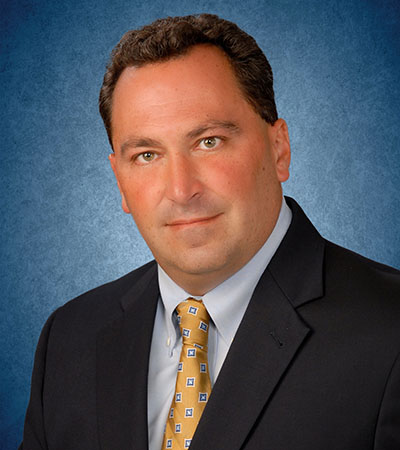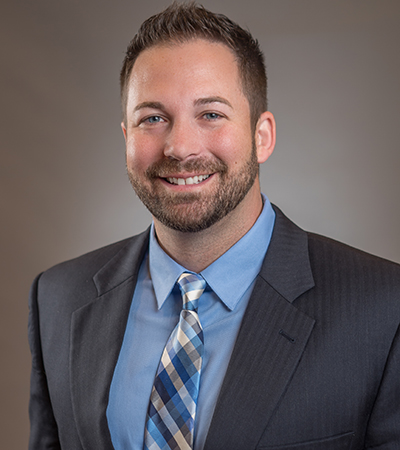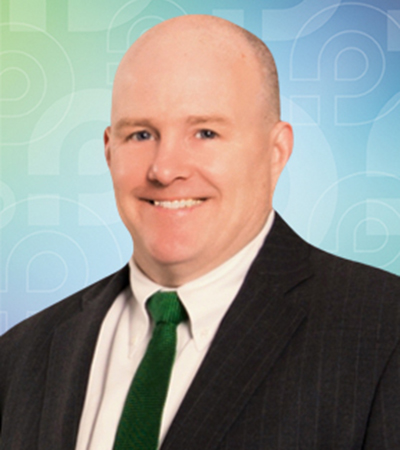YOUNGSTOWN, Ohio – Scarcity in the housing market still drives mortgage loans for existing houses and new construction but lenders report rising interest rates have cut significantly into demand for refinancing.

National projections forecast a 36% decrease in mortgage originations from 2021, says Anthony Lucarelli, director of mortgage sales for Premier Bank, Youngstown. Much of that decline will come from a projected 64% decrease in refinancing originations compared to last year’s levels.
“We’ve seen the opposite over the past few months, actually overperforming 2021, due in large part to really growing our sales team, entering new markets and being less reliant on the refinance activity,” he says.
Expanding the sales team has “allowed us to capture a greater volume of purchase and construction loan activity,” says Matt Garrity, executive vice president and senior lending officer for Premier, which is offering a 5.125% rate for a 30-year loan.
INTEREST RATES, INVENTORY

Interest rates are climbing fast and the housing market continues to struggle with inventory, says Dan Plant, vice president, mortgage lending, at Middlefield Banking Co. in Middlefield. Inventory is a concern especially for first-time buyers, who much of the time are being outbid on properties and “getting squeezed out.”
In late May, the rate on a 30-year, fixed-rate mortgage was 5¼%. That has been bouncing almost daily with the market trend going up and down, swinging by an eighth to a quarter point, Plant says.
“There’s still a lot of uncertainty with the market [and] the economy,” including discussion by Federal Reserve bankers about whether they will raise interest rates by another quarter or half point at their upcoming meeting. Plant points to recent major swings in the stock market. Even so, he says, people continue to take out loans because they are trying to buy the properties that are on the market now.
Middlefield offers a grant program that provides $3,000 to first-time buyers, Plant says. Just one of the 10 grants available has been allocated.
“Normally, something like that would disappear fast,” he says. “We’re actually having a hard time because first-time homebuyers are not getting the opportunities to be able to buy.”

Rocky Page, vice president and director of sales at Farmers National Bank in Canfield, says a slowdown in mortgage lending results from rising interest rates and lack of dwellings in the market. Mortgage volume is down about 25%, he estimates.
Late last month, Farmers’ rate for a 30-year mortgage was 5% with zero points. Page expects rising rates will affect activity across the board, although typically, he says, “The more spendable income you have, the easier it is to pay a higher mortgage payment.”
“It’s an interesting market,” says Tom Sullivan, senior vice president and retail mortgage sales executive for First Commonwealth Bank in Butler, Pa.
Sullivan manages loan officers throughout Ohio and Pennsylvania for First Commonwealth, which is offering 30-year fixed conventional loans in the mid-to-upper 5% range.
“There’s still an inventory shortage. There’s plenty of our buyers versus the inventory,” Sullivan says. “There’s demand despite the interest rate hike.”

The housing shortage resulted partly from the lack of new construction between 2008 and 2014, Page says. “Now we’re in a situation where there’s just not enough housing,” he says.
Inventory is at “historic lows,” which is improving price appreciation, Premier’s Lucarelli says.
“It’s a competitive market out there. You may have heard stories of walking into a home and having to make an offer on the spot,” frequently above asking price,” he says. “Those kinds of things are really driving the increased cost to build. All of those things are impacting origination volume.”
“It wasn’t long ago that we were happy to have 5%, 6% [mortgage rates]. We just got really spoiled for some time at the three percents,” Middlefield’s Plant says.
As rates rise, “move up” buyers likely will determine they’re better off waiting to get into a new property because they already have a property financed by a loan with a low rate. So they opt instead for improving their existing properties, Plant says.
NEW CONSTRUCTION
Because of the lack of houses for sale, many buyers are looking at construction loans, the bankers agree.
“People are still wanting to talk about construction, which is surprising with the amount of cost involved in today’s market, with the interest rate and cost of materials,” Plant says.
“Even though build costs are up due to supply issues, people are still pulling the trigger, even again with the rate environment,” Sullivan says.
“We’re doing a ton of construction business,” Farmers’ Page says. “Builders can’t build them fast enough and there’s not enough builders out there.”
“The thing that we’re missing in the mortgage world is the refinance piece,” Sullivan says.

“Refinances are all but extinct,” he says. Borrowers who are refinancing generally are doing so because of a situation like a divorce or other life change.
Garrity finds it interesting that purchase activity remains robust given increasing home costs and rising interest rates.
“It’s probably going to take several more increases to rates before that enthusiasm dampens. How many turns in the rate that’s going to take is a little bit unclear to me now,” he says. “That’s the big unknown right now.”
